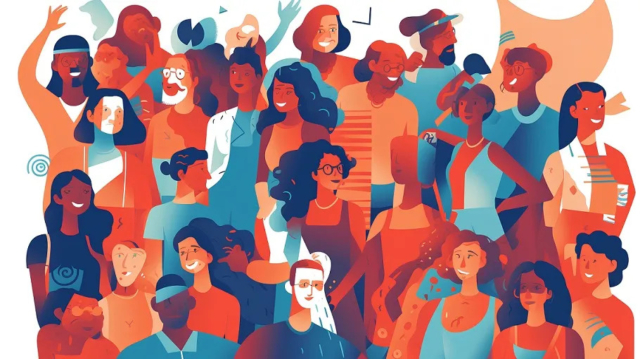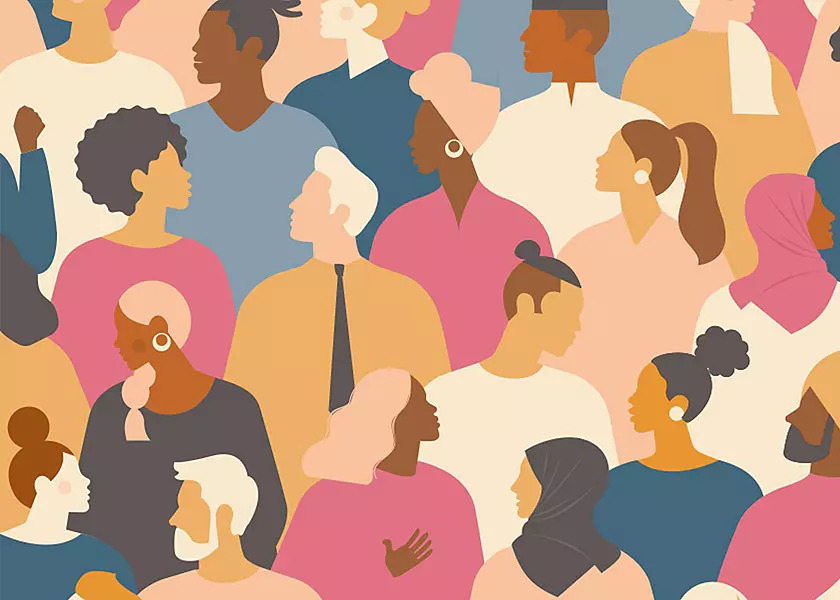AI’s Impact on DEI Strategies: Opportunities and Challenges

Aug 10, 2025
AI systems learn from the data you give them. If your company's past data has bias, your AI will learn and copy those same biases in its choices. This directly impacts the future of DEI in your organization. Every AI system you use either helps or hurts your goal of building a fair workplace.

Key takeaways
- AI diversity and inclusion can turn DEI from basic programs into smart business tools that make hiring and promotion fairer while finding hidden bias in company data
- Without proper control, AI systems can spread existing bias across your whole company and create gaps between workers who get AI access and those who don’t
- Using artificial intelligence to promote diversity needs clear rules, diverse teams building the systems, and training for all workers to benefit from new tools
- This is a top business priority, not just a tech issue that requires immediate leadership action
This creates a direct link between the tech you choose and your company’s ability to be fair. Amazon’s AI recruiting tool downgraded women’s resumes because it learned from data that favored men. Understanding this connection is the first step to using artificial intelligence to promote diversity while avoiding its risks.
How can AI become a powerful tool for your DEI strategy?
The business case for AI and diversity and inclusion extends far beyond compliance—it transforms how organizations identify talent, eliminate waste, and build competitive advantage through fairer processes.
1. Boost efficiency and optimize costs
DEI leaders often lack resources and feel burned out from carrying the full load of inclusion work. AI can handle repetitive tasks like writing DEI reports, analyzing workforce data, and creating program content. This frees up DEI teams to focus on strategic work that needs human insight and relationship building.
The efficiency gains go beyond just the DEI function. By streamlining processes that used to need extensive manual review, AI improves efficiency in organizations and helps achieve better DEI results with current resources. This cost savings makes a strong business case for investing in AI-powered DEI tools, especially when budgets are tight.
2. Uncover bias and ensure fair practices
Traditional bias detection relies on human reviewers who have limited time and their own unconscious biases. AI processes massive datasets consistently, identifying patterns that would take human reviewers months to uncover.
Bias-free recruitment removes human inconsistency from candidate screening. AI in human resources management evaluates candidates based purely on skills and objective criteria, eliminating identifiers like race, age, gender, or education that trigger unconscious bias. These systems stick to predetermined metrics, creating more rigorous blind recruitment that levels the playing field.
Fair promotion and pay decisions benefit from the same objective analysis. AI systems assess employee skills, performance history, and readiness for advancement without personal relationships affecting evaluation. For compensation, AI analyzes salary structures across the organization to identify gaps and recommend changes based on contribution and performance rather than demographics.
Organizations using AI for recruitment see 35% more diverse candidate pools while reducing time-to-hire by 40%.
3. Improve employee engagement and retention
AI enables personalized employee experiences that adapt to individual needs and backgrounds. The technology monitors employee sentiment through surveys, feedback, and performance data, then guides managers on supporting talent from underrepresented groups. This might include training simulations for working with diverse team members or identifying when extra mentorship could help.
AI also improves recruiting strategies by refining outreach efforts and creating more welcoming job descriptions. The technology analyzes language in job postings to ensure broad appeal and avoid accidentally discouraging applications from certain groups.
4. Reduce barriers for more talent
AI acts as a powerful equalizer, bridging knowledge and skills gaps that traditionally limit career advancement. Tools that help with writing professional communications, summarizing complex information, or navigating organizational processes especially benefit neurodivergent individuals and employees whose first language isn’t English.
These improvements enhance productivity across the entire workforce. Features like readability assessments and communication guidance create more inclusive environments where success depends on actual contribution and potential rather than background advantages.

What are the biggest risks AI poses to your DEI goals?
The same technology that promises to eliminate bias can amplify it dramatically if not properly managed, creating legal liabilities and reputational damage that far exceed the costs of prevention.
1. Entrenching bias at an unprecedented scale
AI’s biggest risk lies in its ability to learn and replicate historical biases at massive scale. When trained on data reflecting past discrimination, AI systems perpetuate those patterns automatically. This creates a dangerous cycle where biased decisions become systematically embedded across all organizational processes. Leaders must understand how AI in business decision making can either amplify existing biases or create more equitable outcomes depending on implementation approach.
The problem compounds when development teams lack diversity. Without varied perspectives during creation, the assumptions and blind spots of homogeneous teams become built into algorithms themselves. This produces flawed systems that exclude or harm entire populations while appearing objective and data-driven.
Consider the implications: a biased AI system can make thousands of unfair decisions daily, compared to individual human bias affecting perhaps dozens of decisions. The scale transforms isolated incidents into systematic discrimination.
2. Creating a new internal divide
AI implementation often creates unintended digital divides within organizations. Employees who lack access to AI tools miss opportunities for professional growth and skill development. This particularly affects older workers, those from lower socioeconomic backgrounds, and employees in roles where AI isn’t deemed essential.
The gap becomes self-reinforcing as AI-enabled employees advance more quickly, leaving others behind. This limitation prevents organizations from fully benefiting from AI’s potential while potentially worsening existing inequalities.
3. Exposing the company to new data and security risks
AI systems require access to sensitive personal information to function effectively. Without proper safeguards, this data can be mishandled or accessed inappropriately, leading to:
- Identity theft and unauthorized access to personal information
- Serious compliance violations with data protection regulations
- Damage to the psychological safety that underpins inclusive cultures
For organizations building trust-based relationships with employees, these security failures can severely undermine years of inclusion progress.
AI diversity and inclusion integration represents a defining leadership challenge for advancing workplace equity. Failing to manage its impact proactively threatens your talent strategy and long-term growth. The future of DEI depends on how well leaders navigate this technological transformation. Success requires treating AI supports DEI strategies as a core strategic priority, not just a technical consideration. Take immediate action by developing clear ethical AI guidelines, ensuring diverse teams manage your systems, and investing in fair access so all employees benefit from these powerful tools.

Solve your HR problems!
6th Floor, Star Building, 33 Mac Dinh Chi, Saigon Ward, Ho Chi Minh city, Vietnam




